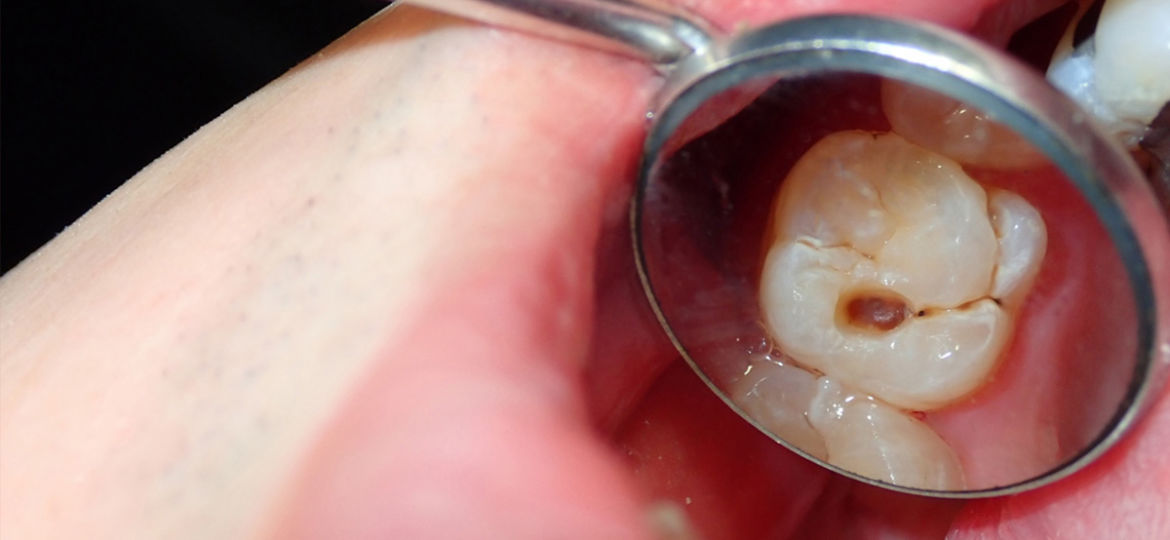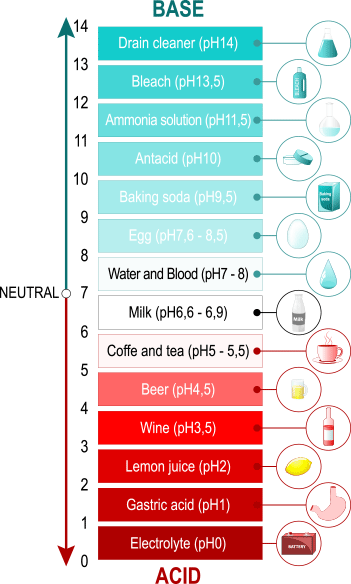
If you are someone who is constantly getting cavities at every six month dental check-up, you may be a little skeptical of this headline. “Theres no way that it could be that simple.” The answer is yes and no. Let us explain. The answer lies within the how acidic your mouth is and what bacteria are able to survive in those environments.
Cavity 101
There are two main strains of bacteria that are responsible for causing cavities. They gather in a group and sit on the teeth. They use sugar as a food source to stay alive and to produce acid directly on the tooth surface. This acid then dissolves the tooth and causes these decayed areas. The reason these bacteria produce acid is because that is the type of environment they need to stay alive, so it is a constant battle. If they aren’t producing acid, they can no longer survive in a basic environment.
So, what is the one thing you can do to stop getting cavities? Raise the pH level in your mouth. pH is the level of how acidic or basic something is, with low pH being acidic and high pH being basic. If you can change the acid level of the environment and starve them of their food source your chances of getting cavities will be greatly diminished.
pH Scale of Common Substances
The image below shows were certain things we eat and drink fall on the pH scale. The further down the scale, the more acidic (beer, wine and lemon juice).

How Do You Change the pH?
Avoid sugary and acidic drinks. Obvious, yes but there are some drinks on this chart you wouldn’t think to be acidic, such as sparkling water and Gatorade. Anything with pH of below 5.5 can dissolve enamel. Anything below 6.5 can dissolve dentin (inner layer of tooth below enamel).
The lower the pH the worse the drink is, but the frequency of drinking it is also important. Someone who chugs a Gatorade is better off then someone who slowly sips on it during the day. The slow sipper will keep the pH level at a consistently lower level, therefore allowing those bad bacteria to dissolve away more tooth structure. The same goes for frequency of snacking with sugary foods.
Remember when we said the cavity causing bacteria gather in groups on tooth surfaces? Wouldn’t it make sense then to just wipe away these bacteria so they can never produce acid in the first place? Brushing and flossing twice a day along with regular professional cleanings help a lot with this, but if the acid levels are frequently low throughout the day you will be fighting a losing battle.
Oral Mouth Rinses
There are many different mouth rinses on the market, but most are quite acidic and many contain alcohol. There are two on the rinses that we recommend switching to: Carifree which has a pH of 10.4, or Act with fluoride at pH 8. Prescription fluoride will help repair and remineralize any areas. Just as the acid demineralizes and dissolves enamel, fluoride helps repair these areas.
Cavity Action Plan
The ultimate goal is to create an environment where cavity causing bacteria can’t survive:
- Start using Carifree or Act rinse
- Cut out snacking
- Limit sugary foods
- Stick with water, milk and green tea. Occasional coffee (without sugar)
- Ask your dentist for a prescription fluoride, whether that be toothpaste or to be put in custom trays for overnight wear
We look forward to seeing you at your next dental cleaning, but if you think you may need some help with repetitive cavities give us a call. We’ll be happy to talk with you and come up with your personalized action plan.

